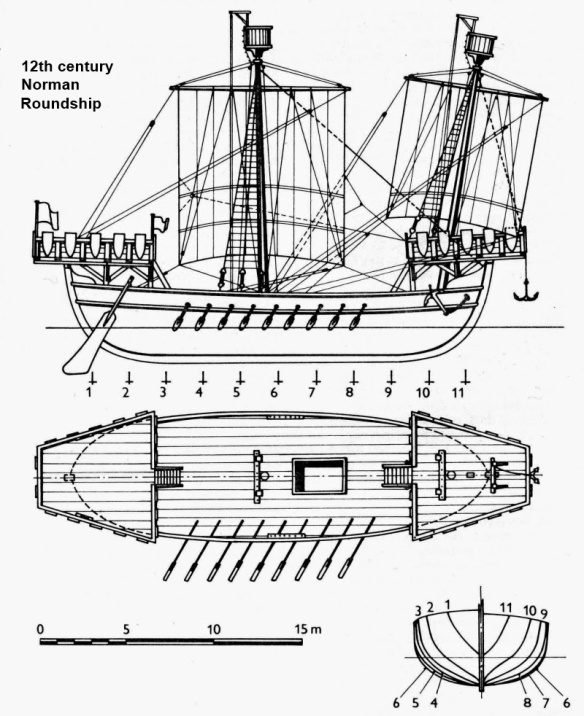Only in the fifteenth century did a combination of scientific and technological advances—the magnetic compass and the astrolabe, better maps, commercially available navigational charts, and ships of stronger construction, superior design, and improved rigs—allow mariners to challenge, though by no means to conquer, the seas. Only then did open ocean navigation become a regular, practical, and potentially year-round, though still dangerous, endeavor. Not until then did Europeans, somewhat serendipitously, find themselves in possession of a bundle of maritime technologies that would eventually allow them to dominate not just Europe but the world.
In the interim, humankind’s incapacity on the oceans limited the significance of sea power, even to those states with maritime pretensions. Commerce was seasonal, regional, and of marginal importance. Such limitations likewise circumscribed the significance of navies. Until the sea-lanes became a truly global common in the sixteenth century, interruption of activity on them was usually of minimal consequence, and the Mahanian concept of command of the sea was all but meaningless.
The galley, be it of Greek, Roman, Byzantine, Arab, or Turkish design, was not an effective seagoing weapon system. Galley fleets were too unseaworthy and too logistically short-legged to act independently. As a result, well into the sixteenth century Mediterranean navies were still tethered to the shore. Galley fleets had limited radii of operations—five hundred miles at best—and that piloting along coasts, not sailing or rowing along a straight line from point to point. At night, galley commanders preferred to back their ships onto a safe beach, where the crew could sleep and search for fresh food and water. A blockade of a distant enemy port was virtually impossible. Only if a friendly army held a nearby stretch of coast could a galley squadron attempt a blockade. Navies, leashed as they were, usually operated as flanking forces for the armies to which they were attached. Until the sixteenth century, naval operations were extensions of land warfare, more amphibious than truly naval.
The changes in ship design, navigation, cartography, and armament that occurred between the fourteenth and sixteenth centuries were not simply incremental steps in the evolution of sea power, but a collection of advances that engendered a maritime revolution. By the mid-seventeenth century the nature, scope, and scale of both maritime commerce and naval warfare had changed dramatically. Previously, only states with large and mighty armies—such as the Macedonians, Romans, Arabs, and Mongols—had been able to forge global domains. But now the world’s new empires were maritime states more akin to Athens than to Rome. Sea power was no longer merely an adjunct to land power. “The sea,” in the words of Fernand Braudel, had become “the gateway to wealth.”
That Europe’s maritime empires all fronted the North Atlantic, a harsh, challenging sea, was no coincidence. Northern Europeans were never as enamored of the galley as their southern cousins. Northern seas, even coastal waters, were too rough for vessels with low freeboards. Many of the tides and currents of the English Channel ebbed and flowed more quickly than the best speed of a rowed vessel. The Vikings conducted most of their distant oceanic voyages, not in their rowed longships or war galleys, but in more functional sailing vessels.
The harsh Atlantic environment forced northern Europeans to give more thought to the design and rigging of sailing ships, and to navigation techniques, than did the people of the Mediterranean basin. Often facing overcast or foggy conditions, northern mariners relied heavily on soundings and, when it became available, the compass. Eventually northerners developed several types of vessels notable for their seaworthiness, carrying capacity, range, and ability to sail upwind.
Northern shipbuilders enjoyed no monopoly on design improvements. Shipwrights in the Mediterranean also refined their roundships, not only by incorporating ideas imported from the north, but also through their own advances in construction techniques and rigging plans, advances northerners were more than ready to adopt. Shipbuilding know-how flowed freely between the Atlantic and the Mediterranean.
